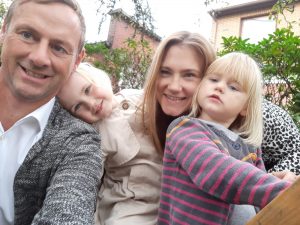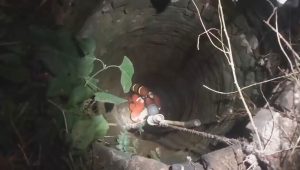Experts have deciphered a 700-year-old bone buried in a tomb detailing the marriage alliance of two ancient Mexican kingdoms.
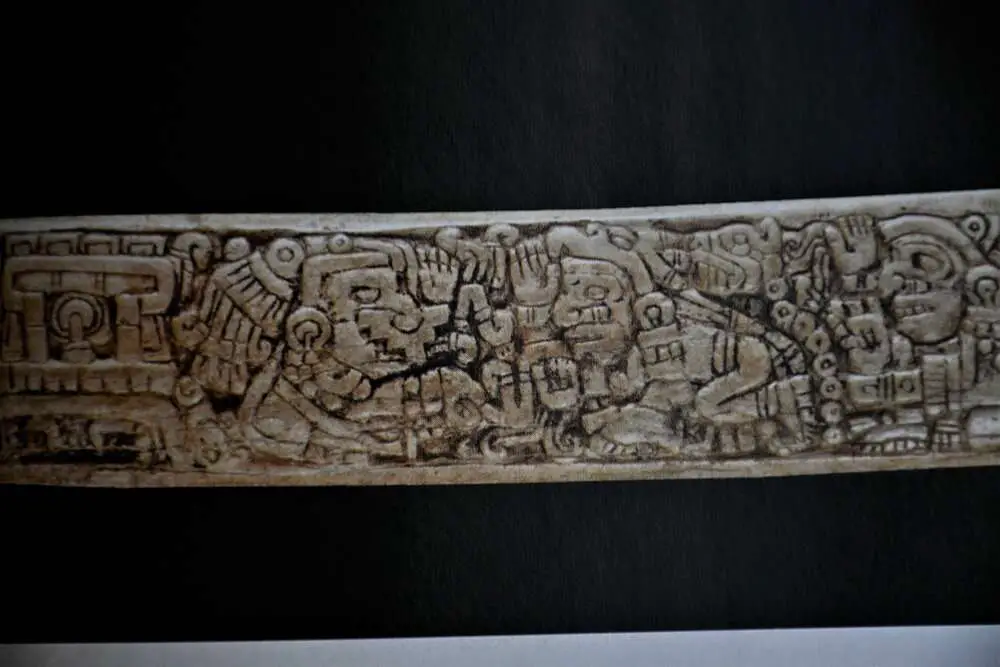
The animal bone – carved with intricate pictograms – has baffled translators since it was unearthed nearly 100 years ago.
Now scientists believe it details a dynastic marriage between 1325 AD and 1340 AD involving Mexico’s ancient Mixtec and Zapotec kingdoms.
Both civilisations were conquered by Spanish invaders 200 years later.
The bone had originally emerged from a tomb in Mexico’s huge Monte Alban pre-Columbia archaeological site.
Newsflash obtained a statement from the National Institute of Anthropology and History of Mexico (INAH) dated Monday, 9th January and saying that the bone depicts “the dynastic alliances of the Mixtec and Zapotec kingdoms”.
The INAH experts said: “This fragment of animal bone with engravings is the only historical text, of the more than 40, recovered in the funerary space.”
Institute experts say the bone describes “the alliance between the Zapotec lineages of Zaachila and the Mixtec lineage of Tilantongo”.
It is said to show the marriage of two figures called ‘Lady 6-Water’ and ‘Lord 4-Water’ (‘Senora 6-Agua’ and ‘Senor 4-Agua’).
They said the location was “a funerary space that during its reuse in the Postclassic period (1200 and 1400 AD) served as a kind of sanctuary-oracle”.
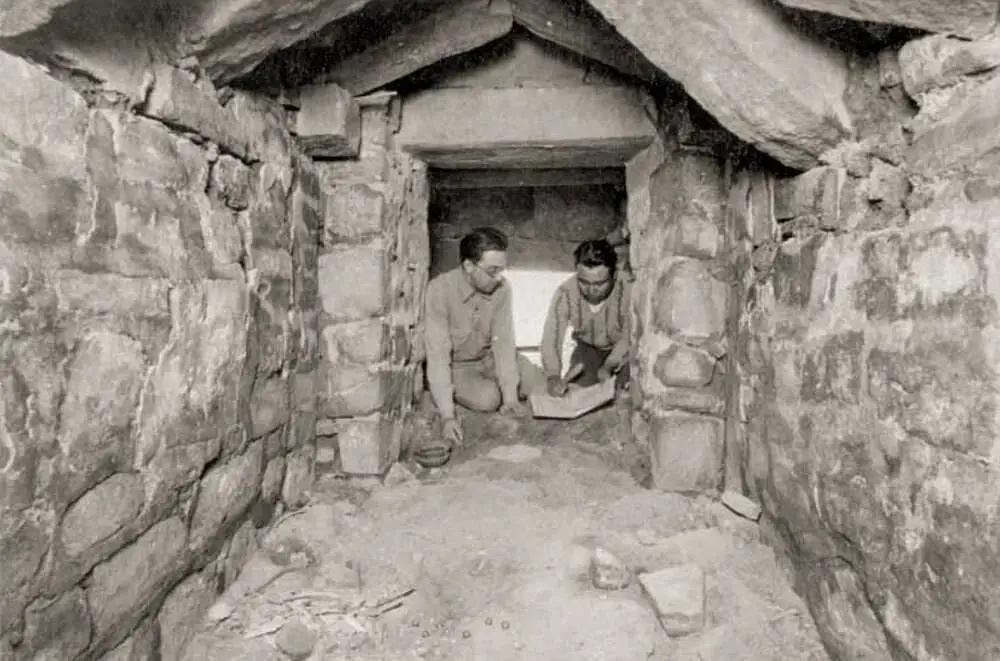
The original expedition in 1931 found more than 40 animal bones with engravings, “mostly of jaguars and some of eagles.”
But experts at the Faculty of Archeology of the University of Leiden, in the Netherlands, Maarten Jansen and Gabina Aurora Perez Jimenez, studied the wedding bone – or Bone 124.
They described it as “the only detailed historical text that can be read inside Tomb 7, which must have served as a sanctuary for the ancestors […].”
Both experts agree that this carved bone fragment describes how Tomb 7 functioned as a burial place for lords and other elites.
Tomb 7, in particular, mentions the marriage, peace and continued alliance between the Zapotec dynasty of Zaachila and the Mixtec dynasty of Tilantongo.
The experts added: “The alliance could have been forged even before the marriage itself, which gives us a period for the event recorded on the bone, between 1325 and 1340.”
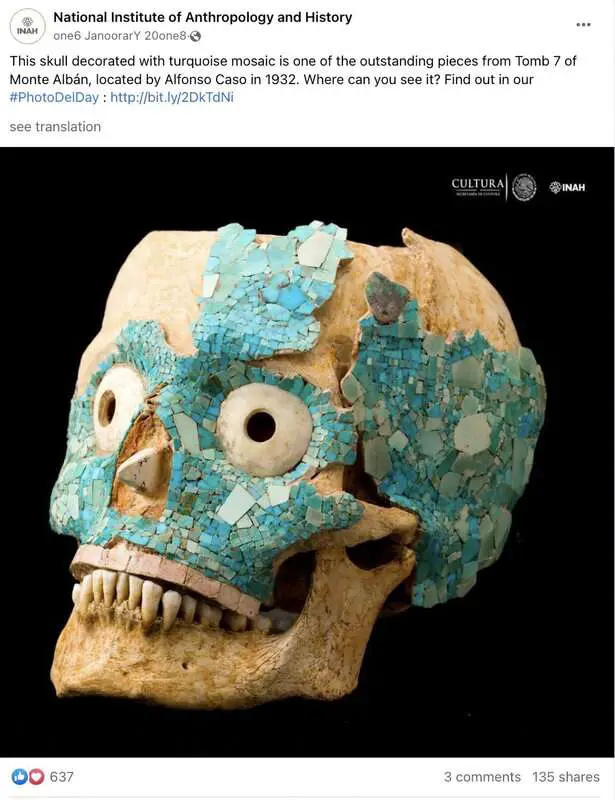
The statement added, however, that “Unfortunately, both researchers conclude, the alliance between Lady 6 Water and Lord 4 Water did not last long, since he died around 1341 AD, and she would remarry the king of Tlaxiaco.”
Monte Alban is a large pre-Columbian archaeological site in the Santa Cruz Xoxocotlan Municipality in the southern Mexican state of Oaxaca. It was founded in around 500 BC and was significant for nearly a thousand years.

